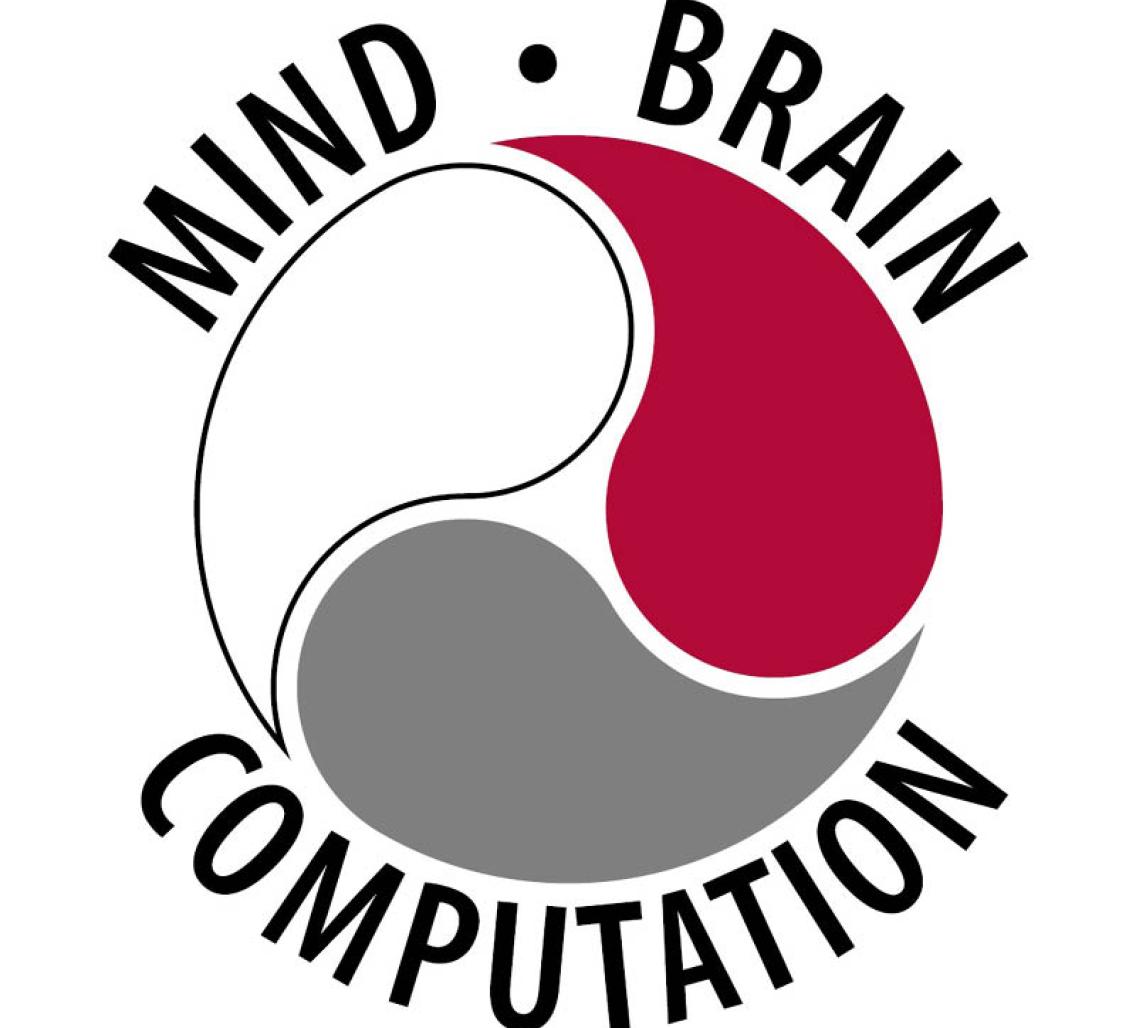Event Details:

Brain-wide neuronal dynamics of thirst motivational drive
Will Allen
Stanford
Abstract
Motivational drives regulate the vigor and direction of behavior, by allowing animals to respond to certain cues in their environment at some times, and to ignore the same cues at other times, as a function of their internal state. How discrete populations of hypothalamic neurons encode specific homeostatic motivational drives, such hunger and thirst, has been extensively explored. However, it remains mysterious how these populations of need-sensitive neurons coordinate multiple downstream systems throughout the brain to produce state-dependent goal-directed behaviors. What is the brain-wide encoding of a homeostatic need? How does information flow through sensory and motor areas during goal-directed behaviors? How do these dynamics change depending on an animal’s motivational state?
To investigate these questions in the context of thirst, we conducted large-scale electrophysiological recordings in thirsty head-fixed animals performing a simple decision-making behavior for water rewards. We used Neuropixels multielectrode arrays to record the activity of tens of thousands of single cells during behavior, anatomically identified as residing in more than fifty cortical and subcortical areas, in combination with optogenetic stimulation of hypothalamic thirst neurons. We found that motivational states regulate neuronal dynamics during behavior surprisingly broadly throughout the brain, and that this effect may be mediated specific ensembles of neurons across multiple regions that encode the moment-by-moment motivational state of the animal.
Bottom-up and top-down characterization of the visual object processing network
Lior Bugatus
Stanford
Abstract
Visual object processing engages multiple cortical regions including occipitotemporal, parietal, and ventrolateral prefrontal cortex. Such a wide extent of activation across regions which are anatomically distant from each other suggests different functional roles of these regions in object processing. In this study, we scanned participants using fMRI while we manipulated stimulus visibility and task (fixation or exemplar detection task). These manipulations allow us to characterize bottom-up and top-down contributions to cortical responses of regions involved in object processing. Furthermore, to test for functional differences, we compared response characteristics of regions across the brain using an updated, fine, and multi-modal parcellation of the brain derived from the Human Connectome Project (Glasser et al., 2016). Our data reveal interactive effects of task and visibility across the brain. Interestingly, responses in high-level visual areas increased with visibility during the fixation task, but not in the object task. In contrast, responses in the intraparietal sulcus and inferior frontal junction decreased with visibility during the exemplar task, but not the fixation task. We discuss the implications of these findings on how top-down and bottom-up information is integrated across the brain during visual processing of objects.
Uncovering unique state transitions in petit mal epilepsy from thalamic and cortical neural dynamics
Jordan Sorokin
Stanford
Abstract
Petit mal epilepsy– also known as absence epilepsy – affects children between 4-12 years of age, and is characterized by sudden bilateral synchronization of the thalamocortical circuit and an associated loss of consciousness. Although the seizures themselves have been characterized for decades, very little is known about either the pre- or post-seizure state; in fact, absence seizures are widely believed to be stochastic and un-predictable. We have recently demonstrated pre-seizure changes in thalamic multi-unit firing and cortical local field potential from rodent models of absence epilepsy. Here I’ve built on this work by obtaining high-density silicon probe recordings that allow for well-resolved single units simultaneous in both thalamus and sensory cortex. Surprisingly, these recordings revealed the existence of unique pre-seizure firing patterns both between and within these neural subpopulations across different seizures, which correlate with seizure strength. Low dimensional projections of the neural activity uncovered complex dynamics leading into and out of seizures, as well as a separation of pre-seizure “states” into two groups, one of which is associated with successful optical interruption of seizures. Moreover, the neural activity following successful interruption returns to the baseline state associated with unsuccessful trials. These results demonstrate for the first time that absence seizures are not purely stochastic, but display meaningful pre-seizure changes that (1) localize to thalamic neurons, (2) vary between different seizures, and (3) correlate with the strength and “interruptability” of the seizures. Moreover, they show that under some conditions, interventions such as deep-brain stimulation may alter baseline cognitive states relative to pre-stimulation. Importantly, these dynamics can be incorporated into a real-time decoder to predict seizures and tune stimulation parameters on the fly to better shut down epileptic circuits while leaving normal cognitive processes unaltered.